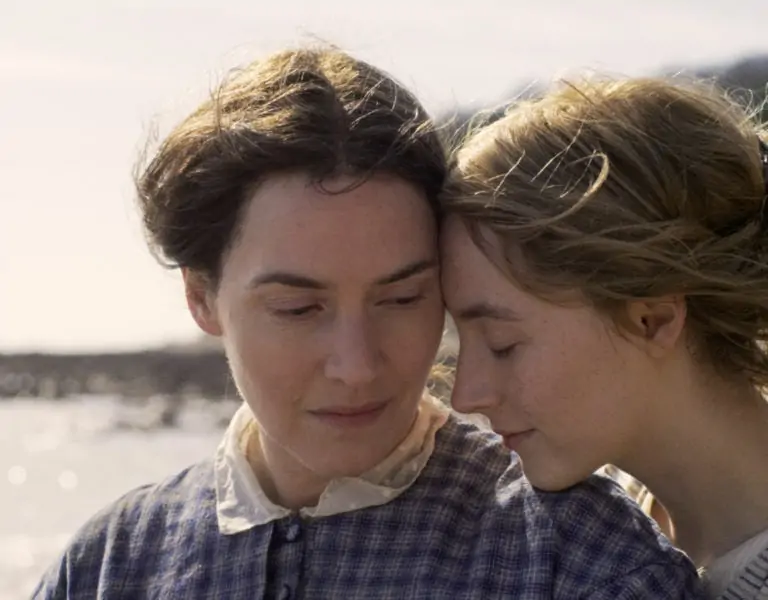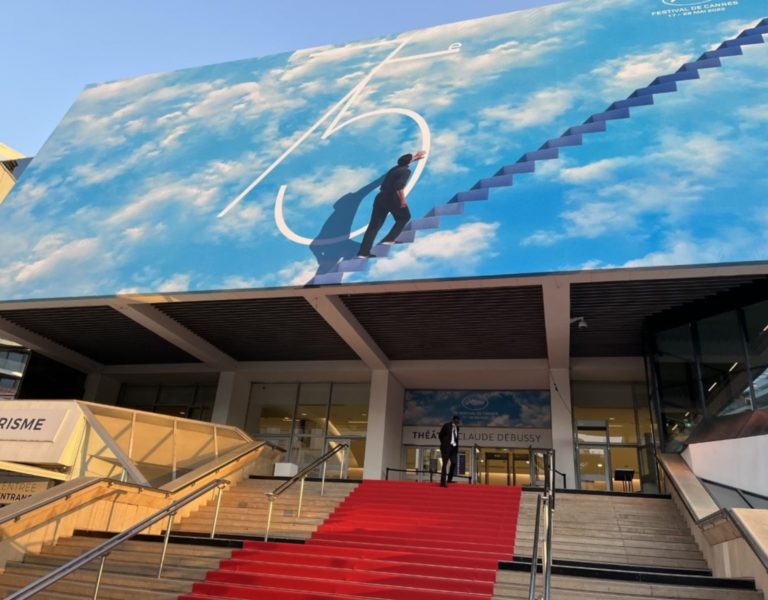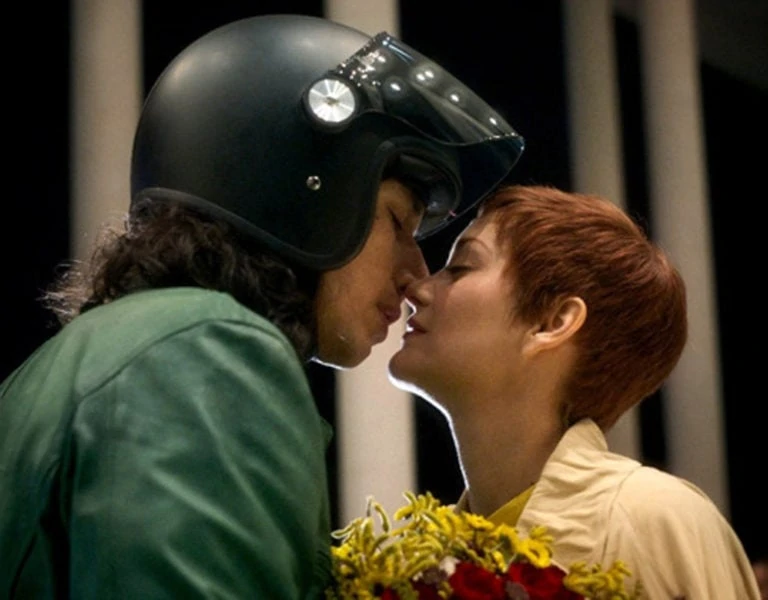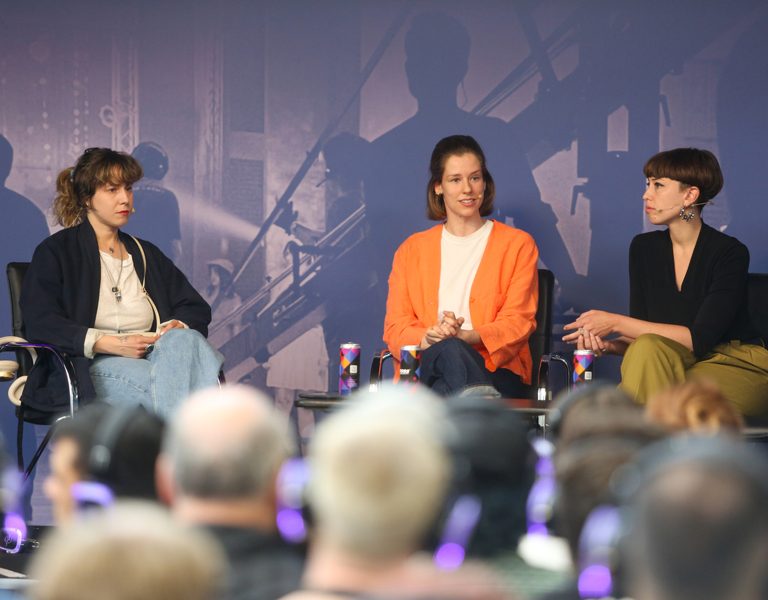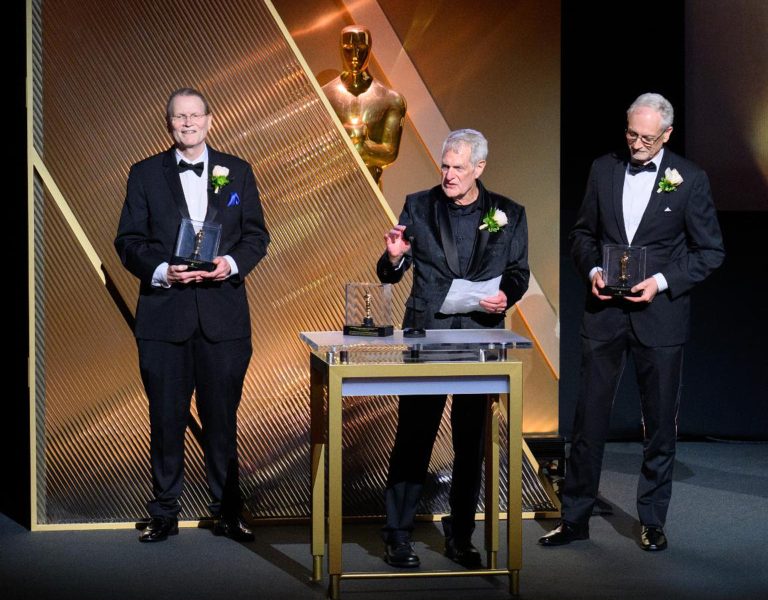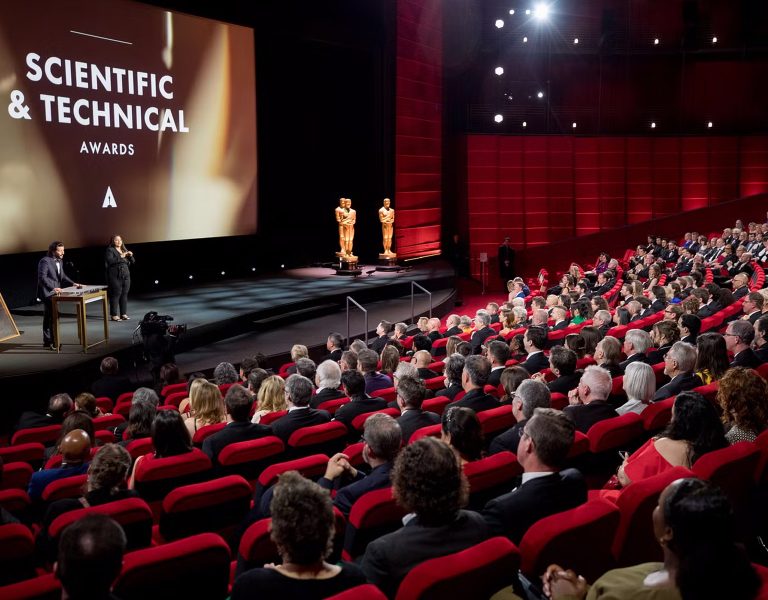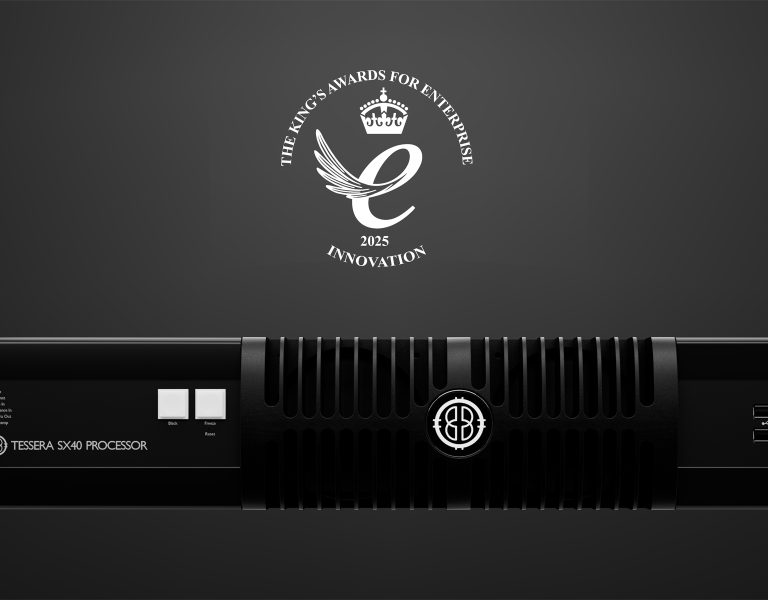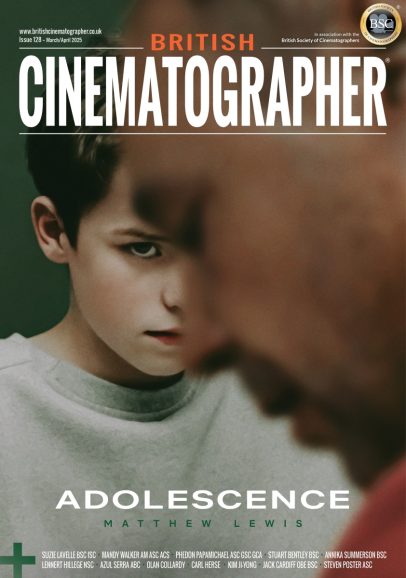
BFI announce that the precious 68mm Mutoscope and Biograph films held in the collections of the Eye Filmmuseum (Amsterdam), BFI National Archive, MoMA, Museum of Modern Art (New York) and the CNC, Centre national du cinéma et de l’image animée (Paris) have been added to UNESCO’s International Memory of the World Register, assuring the future of this unique collection of large format, high quality films from the earliest days of the moving image in the Victorian era, the IMAX films of their day.
The addition of three hundred films to the UNESCO Memory of the World Register has been announced by the UN organisation. The Mutoscope and Biograph Collection at Eye Filmmuseum is the largest existing collection of these early large-format films in the world, including over 200 titles; the BFI has 100 titles, MoMA 36 rolls of Biograph films and the CNC collection has five Biograph titles.
This collection follows other exceptional BFI and Eye Filmmuseum collections that have already been inscribed into the UNESCO Memory of the World Register: from Eye Filmmuseum, the legacy of film pioneer Jean Desmet which was granted world cultural heritage status in 2011, from the BFI: the Peter Worden Mitchell & Kenyon Collection and the GPO Film Unit Collection (both in 2011) and the Silent Films of Alfred Hitchcock (2012) inscribed on the UNESCO UK Memory of the World Register (UK).
The prestigious Memory of the World programme supports countries in preserving and making available documentary heritage of exceptional significance to the world. Other items in the Register include, Anne Frank’s diary, the archives of the Dutch East India Company and the Gutenberg Bible, the UK Parliament 1689 Bill of Rights, Domesday Book and Magna Carta.
The Mutoscope and Biograph collection
The incredibly rare collection is named after The Mutoscope and Biograph Company, founded in 1895 in New York by William Kennedy-Laurie Dickson – who previously worked for inventor Thomas Edison – developing the 35mm format. The company patented the new 68mm format for use on big screen and in mutoscope viewers and the business expanded rapidly, opening branches in Great Britain, the Netherlands, Germany and France.
The films were all photographed with the unique large format 68mm Mutograph camera. At four times the size of 35mm, the 68mm format provides extraordinarily high-resolution images. These one-minute time capsules still convey some of the richest and sharpest images that film can achieve.
The Biograph and Mutoscope films give us a glimpse into an exceptional period in history: the birth of modernity as 19th century turned to the 20th. From 1896, the company’s employees took their Biograph cameras all over the world, filming countless subjects ranging from special events and state occasions to recordings of national or local customs and cultural activities.
The footage that has survived from this era is a major historical resource, showing us rare moving images of rapidly expanding global cities such as New York, London, Paris and Berlin, as well as enchanting scenes of famous locations such as Venice’s Grand Canal, Pompeii, the Place de la Concord in Paris, and the very first recording of the Mardi Gras Carnival in New Orleans. These films capture the first-ever moving images of important historical events including Queen Wilhelmina’s coronation, the launch of the transatlantic liner RMS Oceanic and the Boer War in South Africa.
Many of the great players of history are recorded, politicians and military leaders as well as the royal families of Europe including the extended family of Queen Victoria, Kaiser Wilhem II and Tsar Nicholas II. The films also record spectacular performances by acrobats and dance troupes, as well as beautiful moving images of natural phenomena and street views of daily life. As there were no cinemas at the time, the resulting films were shown in music halls, opera houses, theatres (including the Palace Theatre in London’s West End, Carré in Amsterdam and the Folies Bergères in Paris).
The Mutoscope and Biograph films gained worldwide popularity, not least thanks to their superb picture quality. These films used a large format that delivered stunningly beautiful high-quality images on 68mm film stock with no perforations, meaning the picture fills the entire width of the film.
Biograph films’ clarity, high resolution and depth of field is comparable to what you’d see in an IMAX cinema today (8 to 16K) – which is why the analogue Biograph films are sometimes referred to as ‘the IMAX of the 19th century’.
The fact that these almost 130-year-old films now enjoy UNESCO protected status means that audiences worldwide will be made aware of this unique aspect of film history. ???And it is almost miraculous, in fact – that three hundred of these 68mm films have survived; approximately 80 percent of all the films made before 1930 are lost due to film’s inherent physical instability and the transitory nature of its commercial value. The 68mm format fell out of use from 1903 as 35mm film became standard and were kept by archives as examples of a rare early cinema format.
The films, nearly 130 years old, are incredibly delicate, made on thin celluloid film from which the emulsion was peeling away in some cases. Customised techniques were developed between the archivists at BFI National Archive, Eye Filmmuseum and the specialist film laboratory, Haghefilm in the Netherlands. The restoration of these films was particularly challenging, the super-large, unperforated format had to be painstakingly scanned frame by frame, but the rewards are exceptional.
The large-format film restoration by the BFI National Archive and Haghefilm was premiered as The Great Victorian Moving Picture Show at the 2018 BFI London Film Festival on the UK’s largest screen, at BFI IMAX. Eye Filmmuseum digitally restored films from the Eye Filmmuseum and BFI National Archive collection, and made a creative compilation of the films, offering viewers a dazzling tour of Europe at the turn of the century, with musical accompaniment available free to all as The Brilliant Biograph.
Arike Oke, BFI Executive Director of Knowledge, Learning and Collections said: “These films are our vital window into how we used to live, and into who we were, then. They are incredibly precious, rare and delicate. The artisanship required to preserve them in the national collection is an example of the similarly precious and rare conservation skills at the BFI National Archive. We preserve and interpret these treasures of our heritage for the British public, and now thanks to this UNESCO recognition, for the whole world.”
Bryony Dixon, Curator of Silent Film, BFI National Archive said: “To see people, places and events from the Victorian era, 120+ years ago, in crystal clarity is an astonishing experience that we know from Victorian photography, but to see them in movement takes your breath away. It’s the nearest thing to time travel yet discovered. ”
Elif Rongen, Curator of Silent Film, Eye Filmmusem said: “The Mutoscope and Biograph films are the earliest films in Eye’s collection. They are good reminders that even in its earliest days, film was an area of technical innovation and economic competition within the global market. 68mm format was developed, patented and exploited by the Mutoscope and Biograph Company, not only to distinguish themselves from their competitors, but also as an improvement of the existing technology.”
In 2019, to mark the 200th anniversary of Queen Victoria’s birth, BFI digitised 700+ surviving Victorian films, Victorian Film collection, including a number of 4K restorations of 68mm large format titles made available for free in the UK on BFI Player. The Brilliant Biograph is available for free on BFI Player (for UK audiences) and Eye Film Player (in the Netherlands).
